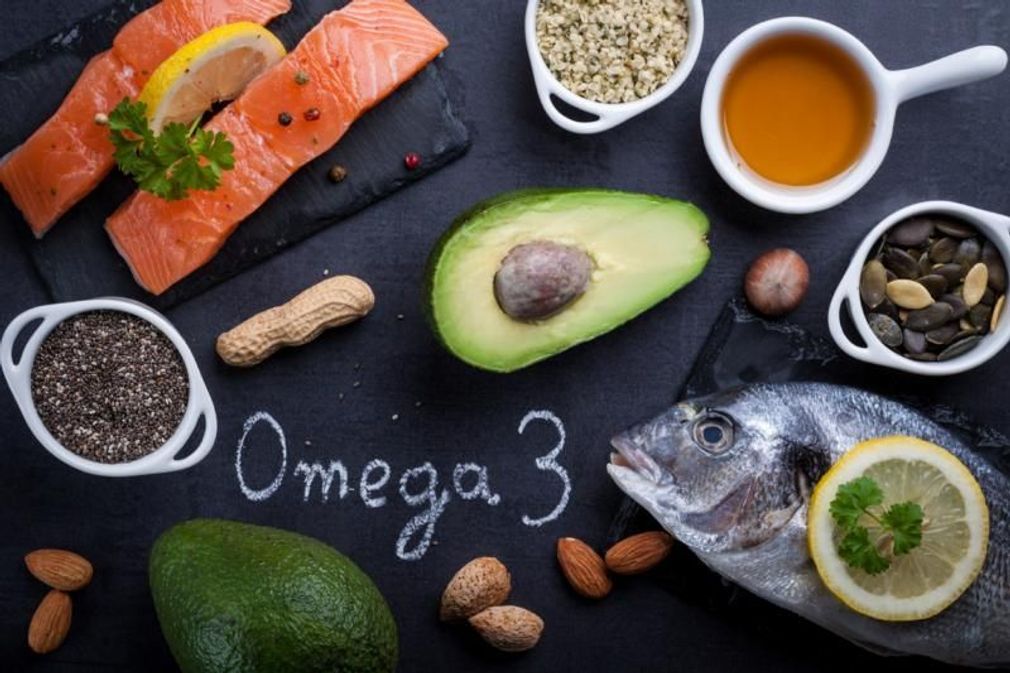
A major health problem, obesity is associated with numerous comorbidities. To prevent its appearance and the associated risks, a French study underlines the importance of diet and more particularly the intake of essential fatty acids: omega 6 causes alteration of metabolism whereas omega 3 seems to protect it.
Obesity is a scourge that currently affects nearly 650 million adults worldwide and in Europe, 17% of adults. This disease increases the risks of type 2 diabetes, cardiovascular diseases, osteoarthritis, cancers and cognitive disorders. It is therefore essential to decipher the risk factors and triggers. In a new study, researchers from Inserm, CNRS and Université Côte d’Azur, within the Institute of Molecular and Cellular Pharmacology, tried to understand more precisely how diet could lead to obesity and associated comorbidities. They looked specifically at omega 6 (ω6) and omega 3 (ω3) fatty acids, exploring the health effects of various diets with varying fatty acid ratios.
A story of good balance between omega 3 and 6
As reported by the Inserm study, omega 3 and omega 6 are fatty acids essential to the proper functioning of our body which is not able to produce or synthesize them on its own. They must therefore be provided through food, but their consumption must respect a certain balance (we speak of the omega 6/omega 3 ratio), in order to combine the pro-inflammatory properties of omega 6 with the anti-inflammatory properties of omega 3.
- Linoleic and gamma linolenic acids are called omega 6 acids and are found in many oils such as sunflower and corn;
- Omega 3 fatty acids are eicosapentaenoic and docosahexaenoic acids which are found in fatty fish, or alpha-linolenic acid in oils such as flax, hemp, rapeseed, walnut or soy.
Scientists evaluated, in animal models, the health effects of three obesogenic diets (rich in lipids) combining rapeseed oil (rich in omega 3) and sunflower oil (rich in omega 6).
- One contained a high ratio of omega 6/omega 3 fatty acids, that is to say, very enriched in omega 6 and therefore in sunflower oil;
- The second had an intermediate ratio, balanced in omega 3 and omega 6;
- The last was very enriched in omega 3, and therefore in rapeseed oil.
They thus measured the effects of these diets on weight gain and fat storage, the response to the level of carbohydrate homeostasis, the development of anxiety and cognitive disorders, as well as brain inflammation.
Sunflower oil increases inflammation
At the end of 5 months of experiment, the scientists observed:
- An alteration of metabolism, neuroinflammation and cognitive functions, in particular an increase in anxiety and spatial memory disorders in obese mice subjected to the diet enriched in omega 6, and therefore in sunflower oil;
- A protective effect of the diet enriched in omega 3, rich in rapeseed oil, on weight gain, the regulation of carbohydrate homeostasis and the development of cognitive disorders.
To avoid inflammation, it is therefore better to use rapeseed oil daily than sunflower oil.
NO to diets, YES to WW!
Reduce the Omega 6/Omega 3 ratio
The inflammatory state (and therefore the associated comorbidities) depends on the diet. “While the increase in the inflammatory state was previously attributed to obesity, in this study we show that the inflammatory state depends on the type of diet to which the animal is exposed. In other words, it is the fact of being fed a diet rich in omega 6 which is responsible for the inflammatory phenomena observed and not obesity itself.explains Clara Sanchez, post-doctoral researcher at Inserm, first author of the article.
“This study also shows for the first time the protective effect against obesity and associated inflammatory phenomena that a diet enriched in lipids can have, provided that it promotes the consumption of omega 3. This work makes it possible to consider interventions diet based on a low ω6/ω3 ratio to combat obesity and the neurological disorders associated with it”, concludes Carole Rovère, last author of the article.

